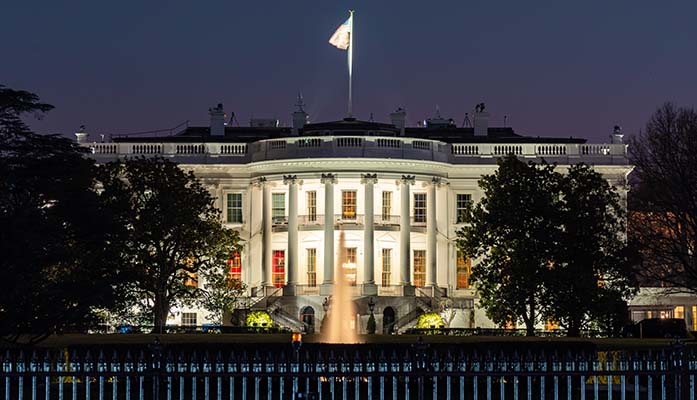
Even if you agree with President Trump’s goals, it’s undeniable that he has the country spinning wildly from his executive orders, especially from his on-again, off-again tariffs.
Prior administrations also had the nation spinning, but in a different direction and at a slower speed. No doubt, future administrations will trigger new spinning, either to the left if Democrats gain control of the levers of power, or to the right if Republicans prevail.
Either way, many Americans are getting dizzy from all the spinning.
The dizziness brings back memories of my former consultancy before I retired, when I would advise executives of struggling companies on how to turn around their business in a planned, orderly way, without causing chaos that would make matters worse.
Change had to be fast enough to save the business but slow enough to keep the organization from spinning out of control.
My model, or metaphor, for the challenge facing an executive team was a column of connected gears. The big gear at the top represented the CEO and his top executives. Directly beneath that gear was a smaller gear representing the managers who reported to them. And following that gear were a number of successively smaller gears representing the various levels of the organization. The smallest gear at the bottom represented the employees who were closest to the customer but had the least power.
It was important for the top team to recognize that if they turned their big gear a little, the small gear at the bottom would turn a lot more. And if they spun their big gear too much and too quickly, the small gear at the bottom would be pummeled by the centrifugal force.
It was equally damaging to turn the top gear in one direction and then abruptly stop and turn it in the opposite direction, thus causing all of the other gears to spin back and forth violently, which in turn wasted money and time and caused employees to become demoralized and lose confidence in top management—a problem that carried over to customers.
To stop this from happening, the top executives had to get their act together and operate as a cohesive team. They had to develop strategies and operational plans to turn around the business at just the right speed. To do that, they had to reach a consensus among themselves on key priorities and time frames, and, just as important, to demonstrate unity to the rest of the organization.
This often required addressing internal politics on the top team that were getting in the way of teamwork and cohesiveness—the different personal agendas, self-interest, backstabbing, resentments, and counterproductive leadership and communication styles; or, in other words, the dysfunction that everyone saw, whispered about in private, but didn’t know how to fix.
This is such a critical factor in turning around a business that I wouldn’t work with CEOs and executive teams who weren’t willing to admit that they might be the problem.
Of course, the US government isn’t a business. Not only are the stakes much higher in a nation, but there are many more levels (gears) between the president and the citizens, who number in the hundreds of millions, versus the thousands of employees in a large company. Also, the executive branch shares power with the legislative and judicial branches, in a system designed by the Founders to work slowly and not be driven by the passions of the day.
This makes it even more important for the big gear in the White House to effect change carefully instead of chaotically, and to have a leadership style that facilitates teamwork among his cabinet and encourages them to give him honest feedback.
That wasn’t Joe Biden, and it certainly isn’t Donald Trump.
Maybe “the art of the deal” means treating everyone like a schlemiel.
Mr. Cantoni can be reached at craigcantoni@gmail.com.

